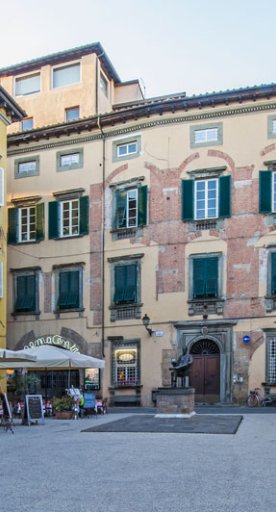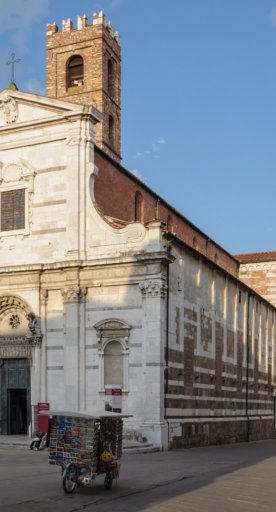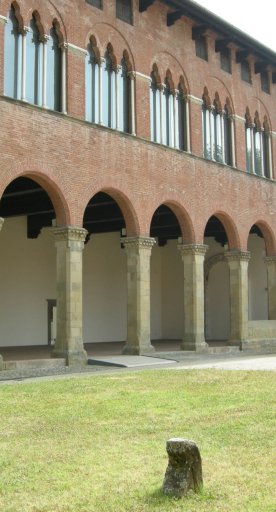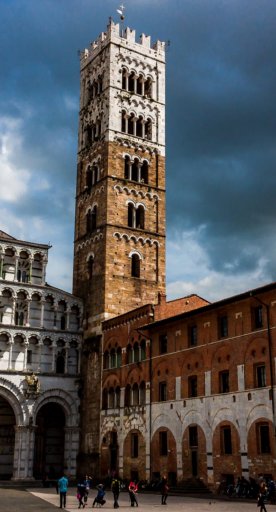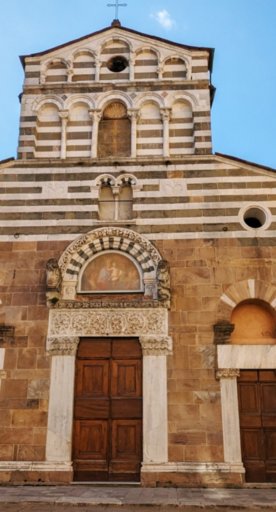Nozzano Castle
Step back in time to 1300 and relive it
Nozzano Castle is a fortification dating to 1300 that stands to defend the surrounding village, Nozzano Castello, on a small relief at a bend of the River Serchio, in Piana di Lucca.
The structure, at a height of approximately 100m over the surrounding plain, was built on several occasions during the 12th century. It is formed by an elliptical wall circuit of towers and a single point of access. At the centre, there is a semi-triangular shaped construction with high crenellated walls flanked by two towers.
Entering the Castle through the arch is like diving back into the high Middle Ages. In the ancient village, inside the walls, you can soak up an atmosphere full of history and legend, evidence that not even seven centuries have been unable to change.
Outpost of the defensive system of Lucca for its strategic location near the border between Pisa and Lucca, the fortress hosted the Guelphs driven out by the Tuscan cities after the battle of Montaperti (1260).
Demolished in 1374 and rebuilt by Castruccio Castracani it was used until the late 1500s to spot ships that travelled up the River Serchio. After various attacks and reconstructions, it took the shape it has today in 1395, the work of Lazarus di Francesco Guinigi.
Each year, in late August, Nozzano hosts the medieval event, Il Castello rivive, where it is possible to immerse oneself in the Middle Ages at the time of Matilde di Canossa through dinners, historical pageants, parades and performances. Jesters, fire-eaters, minstrels, peasant dancers, artisans, merchants, soldiers and knights exhibit themselves on this occasion. Markets and osterias are organised, and serve the food of the time and aromatised wine, “ippocrasso”. To have access you need to have coins of that period: at the entrance to the castle, at the currency office Euros are converted into Matildi, Matildini, and Seracambi.
The Castle and its village are wrapped in a particular magic that combines beauty and tranquillity with historical charm, in a structure located in the midst of the green hills of Piana di Lucca.


